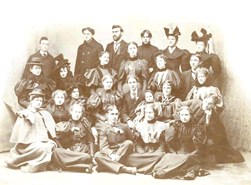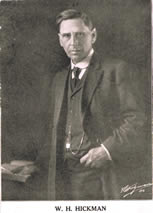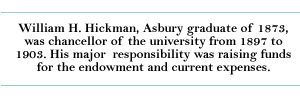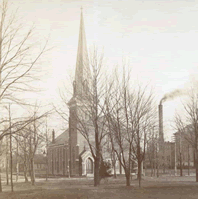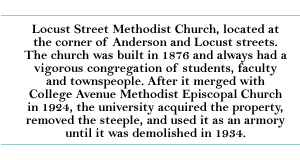
|
Pages:
<< Back 1
2 3 4
5 6 7
8 9 10
Next >>
The
person chosen for this task was Charles N. Sims, an Asbury alumnus
and prominent Methodist minister who as chancellor of Syracuse University
had rescued that institution from financial distress. After Sims
and John had tried but failed to reach agreement on a plan to share
administrative responsibilities, John retaining the educational
initiative and Sims handling the financial side, the latter withdrew
his name from consideration. John, feeling he had lost the board's
confidence, submitted his resignation, which was reluctantly accepted.
The retired mathematics professor and president spent the rest of
his life in Greencastle, sallying forth frequently to propound his
views from the lecture platform around the country.
One of the new president's first major decisions was to dismantle his own School of Theology in 1898 after several years of declining enrollments. Undergraduate interests were also shifting rapidly, as indicated in a survey of alumni occupations made at the turn of the century and published in the annual college catalogues. It showed that the ministry had slipped to third place after education and the law. The next three professions listed in order of their numerical representation among DePauw graduates were business, medicine, and journalism.
Unlike
the Civil War, the Spanish-American War of 1898 brought little disruption
to the campus. A group of cadets traveled to Indianapolis to volunteer
their services but returned to Greencastle after being informed
that their services were not needed at the moment. The campus newspaper,
the Palladium, congratulated the student body on the "absence
of the cheap patriotism and jingoism which have been so prevalent
at many other institutions." Falling victim to the crisis,
however, was the military department of the university when the
U.S. War Department recalled its commandant along with all the federally
supplied armament, including two artillery pieces so often wheeled
out and fired off to celebrate grand academic occasions. The next
year, after failing to regain government support for the program,
the board of trustees voted to abolish the department, thus ending
20 proud years of student military training at Indiana Asbury-DePauw
University.
Hickman,
who seems to have worked harmoniously with President Gobin, managed
to raise nearly $100,000 for an endowment fund before launching
in 1899 a more ambitious campaign to add $550,000 to that amount.
The first major gift came from South Bend buggy manufacturer and
DePauw trustee Clement Studebaker, whose $5,000 "saved the
university," Hickman gratefully acknowledged. In December 1901
the new chancellor resigned suddenly, however, leaving the campaign
far from complete and relations with the trustees strained.
|
Depauw University e-history | E-mail comments to: archives@depauw.edu
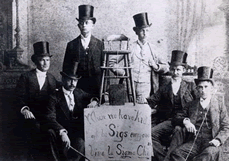
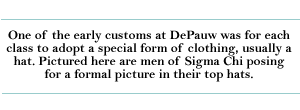
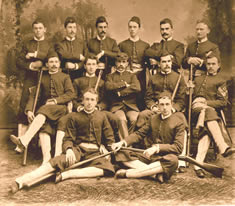

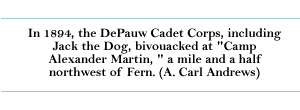
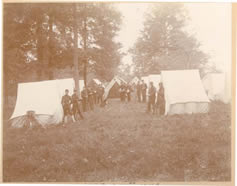
 ____________________________________________
____________________________________________